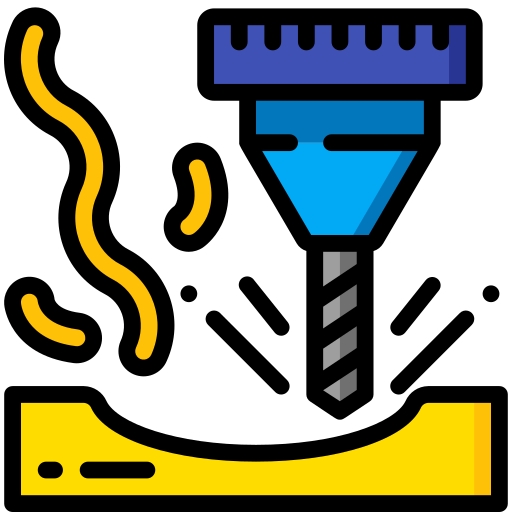Brass CNC Machining
Brass is a low-friction metal material with good electrical conductivity and is highly machinable, making it particularly suitable for application scenarios where low friction is required.
Machining Brass Parts
As a custom CNC brass parts factory in China, we are dedicated to machine brass turning parts, CNC milling brass parts, and providing one-stop service from prototype to batch manufacturing, including CNC machining and surface finishing.
We have more cost-effective advantages compared to other suppliers.

CNC Turning in Brass

CNC Milling in Brass

Prototyping in Brass
Brass Grade & Properties
Brass C260 (Cartridge Brass)
Brass C260 is a copper-zinc alloy with a zinc content of approximately 30%, also known as cartridge brass.
It has very good ductility as well as corrosion and wear resistance, high strength and low friction properties.
These properties allow brass to be used in a wide range of applications such as: rivets, syringe parts, hinges, watch parts and radiator cores.
| Grade | Fatigue Strength | Tensile Strength, Yield | Elongation(%) | Hardness(Brinell) |
|---|---|---|---|---|
| C260 | 90 MPa | 75 MPa | 68% | 53 |
Brass C360 (Free-Cutting Brass)
Brass 360 is a copper-zinc alloy, also known as free-machining brass due to its extremely high machinability.
It has exceptional strength and corrosion resistance and is often used for turning and milling operations or for welding.
| Grade | Fatigue Strength | Tensile Strength, Yield | Elongation(%) | Hardness(Brinell) |
|---|---|---|---|---|
| C360 | 138 MPa | 124 - 310 MPa | 53% | 63 - 130 |
Industrial Applications for Brass
As a rule, brass is an alloy of copper-zinc. The properties of brass can vary greatly depending on the ratio of copper to zinc.
Brass has excellent corrosion resistance and low friction coefficient, and its applications are very wide, especially brass turned component parts.

Automotive

musical instruments

Electrical

Telecommunication

Aerospace

Construction
Surface Finish for Brass Parts
Due to the natural electrical conductivity, corrosion resistance and low friction coefficient of brass, these properties make it usually unnecessary to be coated when applied as a functional part.
However, when used as decorative cosmetic part, surface finishes need to be considered.
Polishing, buffing or honing: Brass is often used as a decorative cosmetic component.
This is because different proportions of brass alloys can boast different colors.
Polished finish results in a smoother and shiny surface.
Electroplating: Brass is easy to work with and its newly finished surfaces often look attractive.
And with additional plating processes, its surface finish and properties are further improved.

Cost-saving Advice
Brass is also a relatively expensive material, and it is necessary to consider the principles of product design optimization in advance.
Therefore, working with a competent factory or manufacturer will bring you more value-added services.

Design principles: The design following the applicable DFM principles can not only optimize the manufacturing process to save production costs, but also effectively prevent unnecessary rework in the production process.
Material selection: According to the actual application needs, choose the appropriate material or material grade to achieve the goal of the best cost effective.
For example, high strength brass is more suitable for functional parts.
